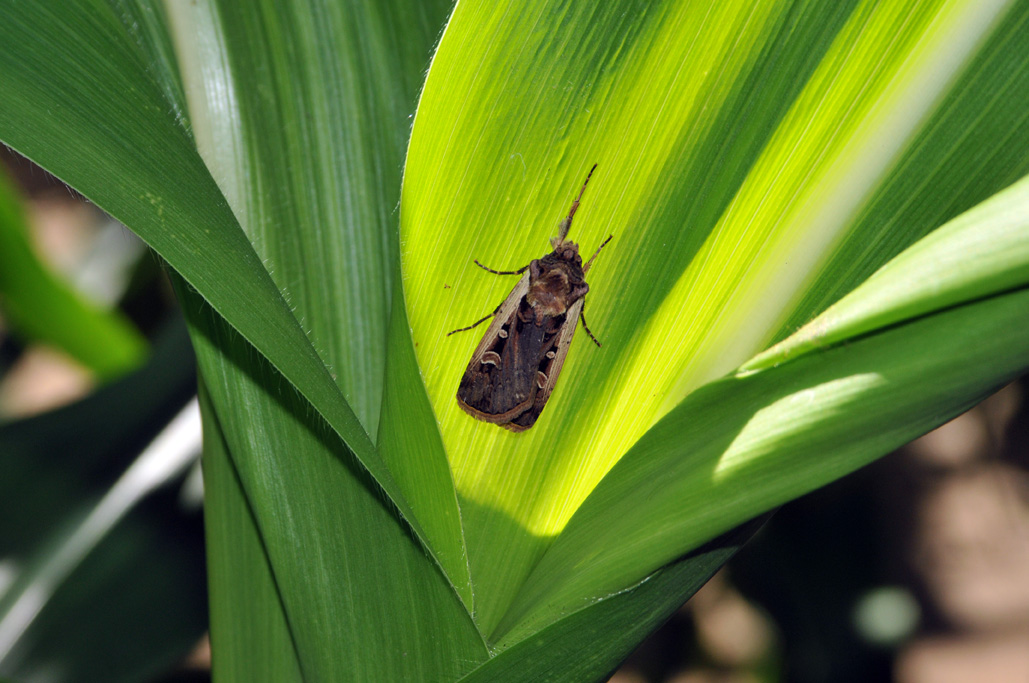
Pheromone trapping began for western bean cutworm moths this past week.


Pheromone trapping began for western bean cutworm moths this past week.
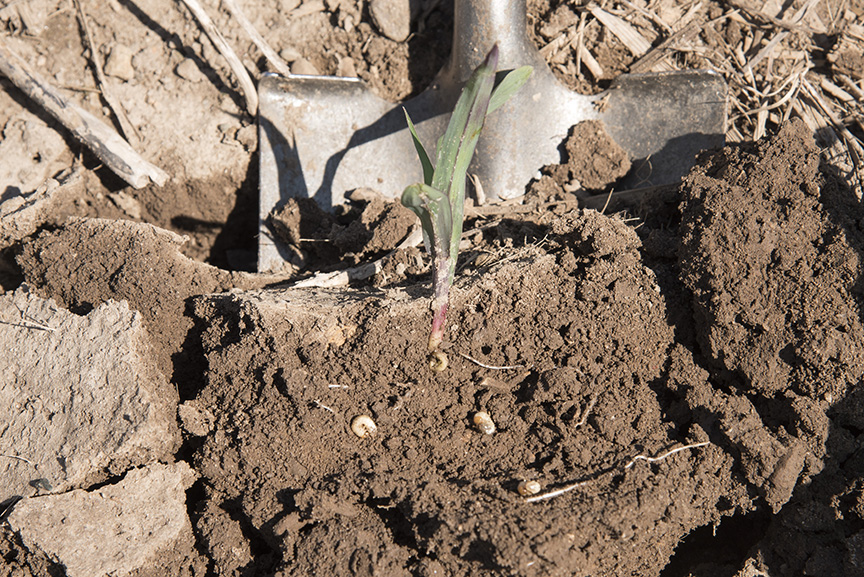
Grubs of the Asiatic garden beetle have been recently found damaging corn seedlings in northern Indiana counties.
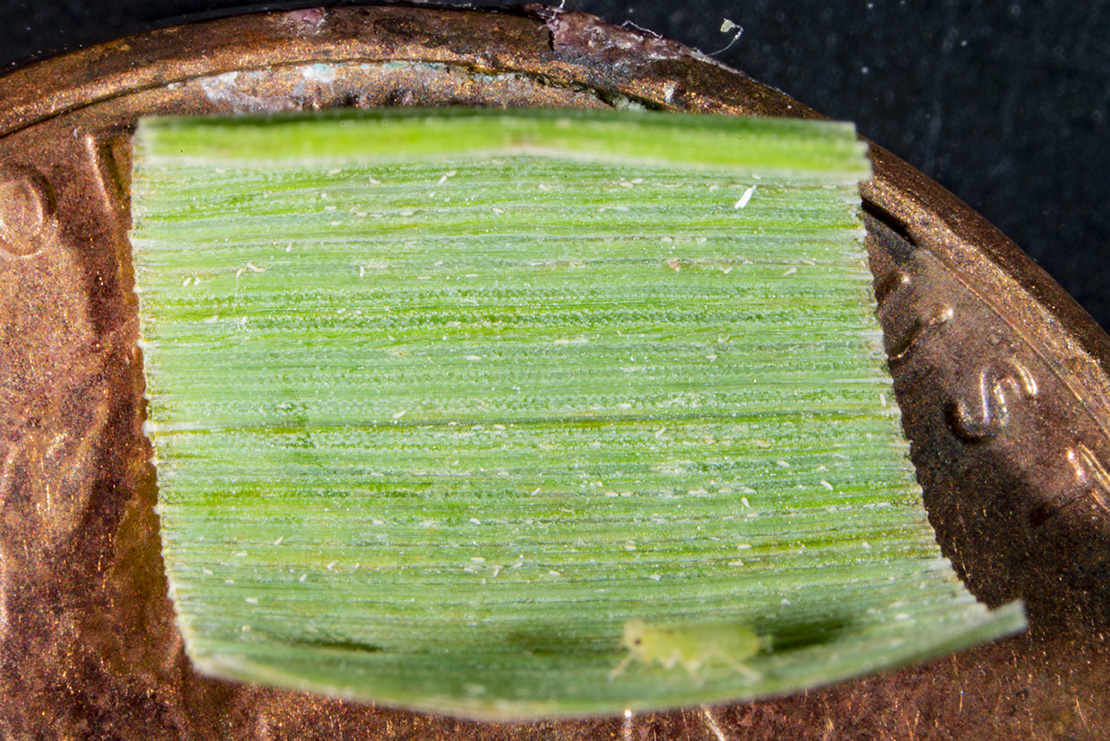
Samples of timothy hay, with outward symptoms of drought stress, were sent to Purdue’s Plant & Pest Diagnostic Lab.
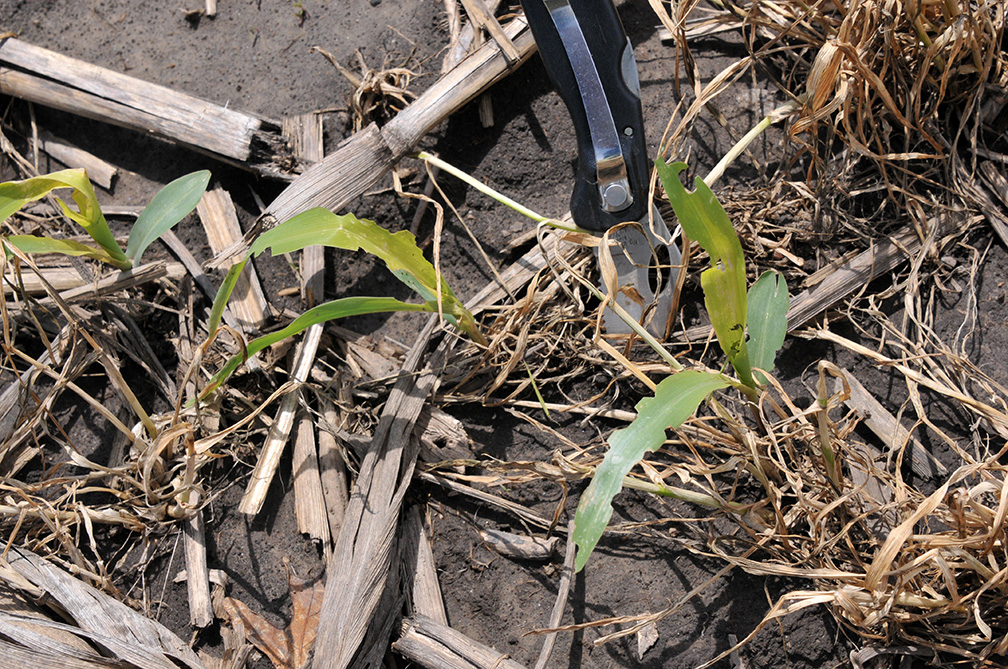
Over the past seven weeks, armyworm moth captures at the Purdue Ag Research Centers (see accompanying “Armyworm Pheromone Trap Report”) have been variable, certainly not eye-popping! This happens most years, as do localized outbreaks. It is a reminder to conduct timely scouting in high-risk fields when the larvae are actively feeding, mid to later May. The increased popularity of cereal rye as a cover crop presents new opportunities for egg-laying females to find attractive food sources. The timing of planting this year, where many cover-cropped or weedy fields may be “planted green” is not helpful to those trying to avoid hungry armyworms. Like every year, some (true) armyworm moths overwinter here, but some are also blown here from states to the south and west. Don’t confuse this annual pest with the fall armyworm (different species) that doesn’t arrive until mid-later summer. The fall armyworm caused a stir late last summer[Read More…]

Could this be a cutworm year? Black cutworm moth catches in many of our cooperator’s pheromone traps continue to be quite impressive (see “Black Cutworm Adult Pheromone Trap Report”).
When looking over the Black Cutworm Pheromone Trap Captures, you will notice that there have been some very busy traps!
The “Black Cutworm Adult Pheromone Trap Report,” below, features moth captures that are mostly low, with a few surprises.
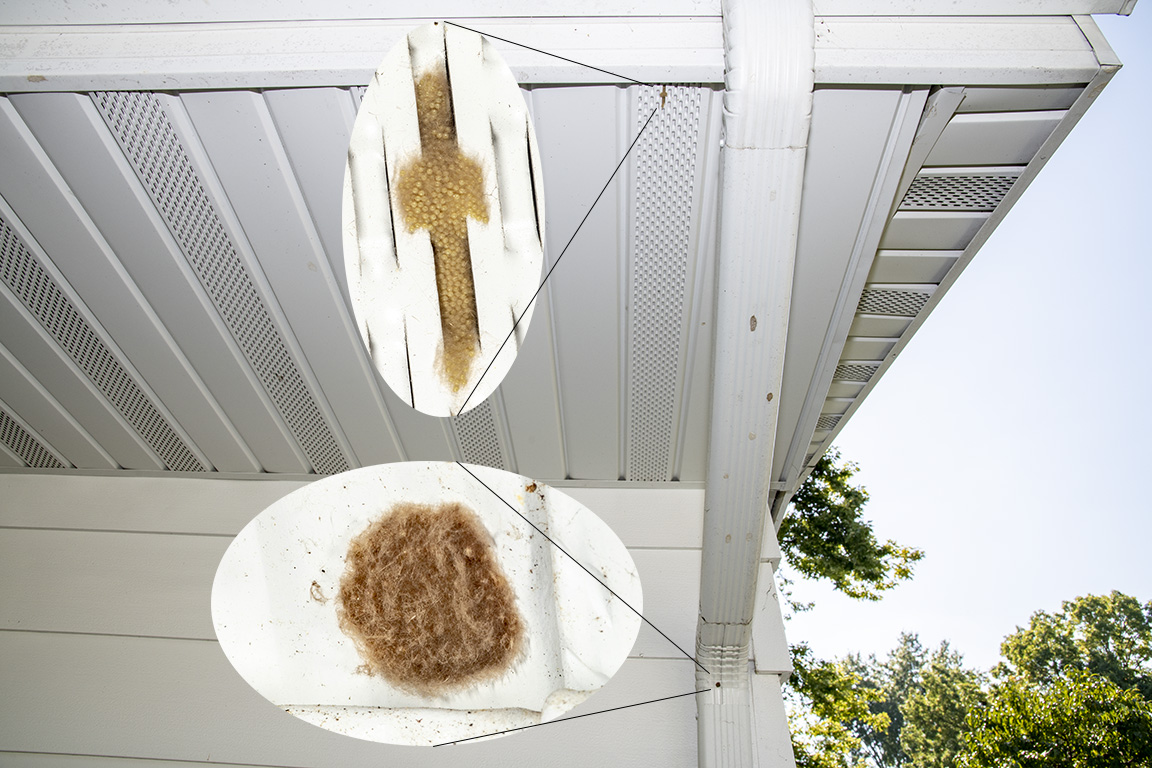
Astute observers have recently reported mysterious egg masses on the outside of their homes, including siding, gutters, soffits, facia, and porch ceiling fan blades!
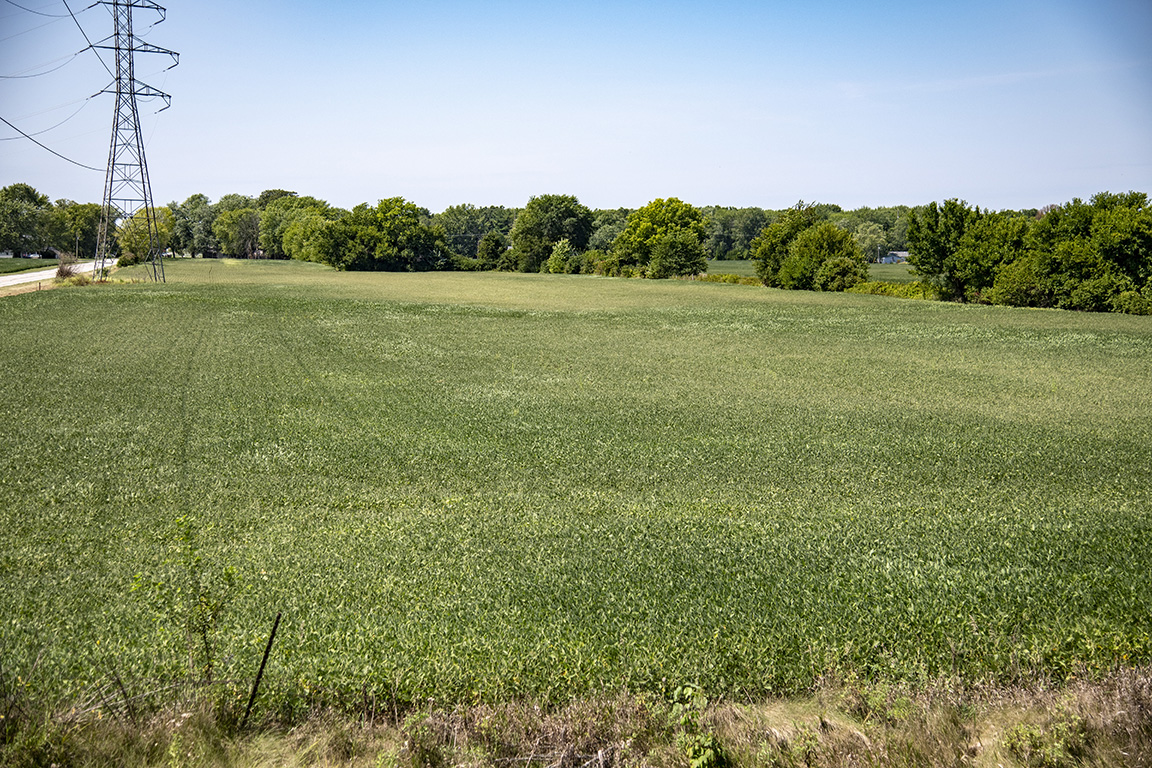
Soybean fields throughout the state are rapidly undergoing their annual color changes, deep green to golden yellow.
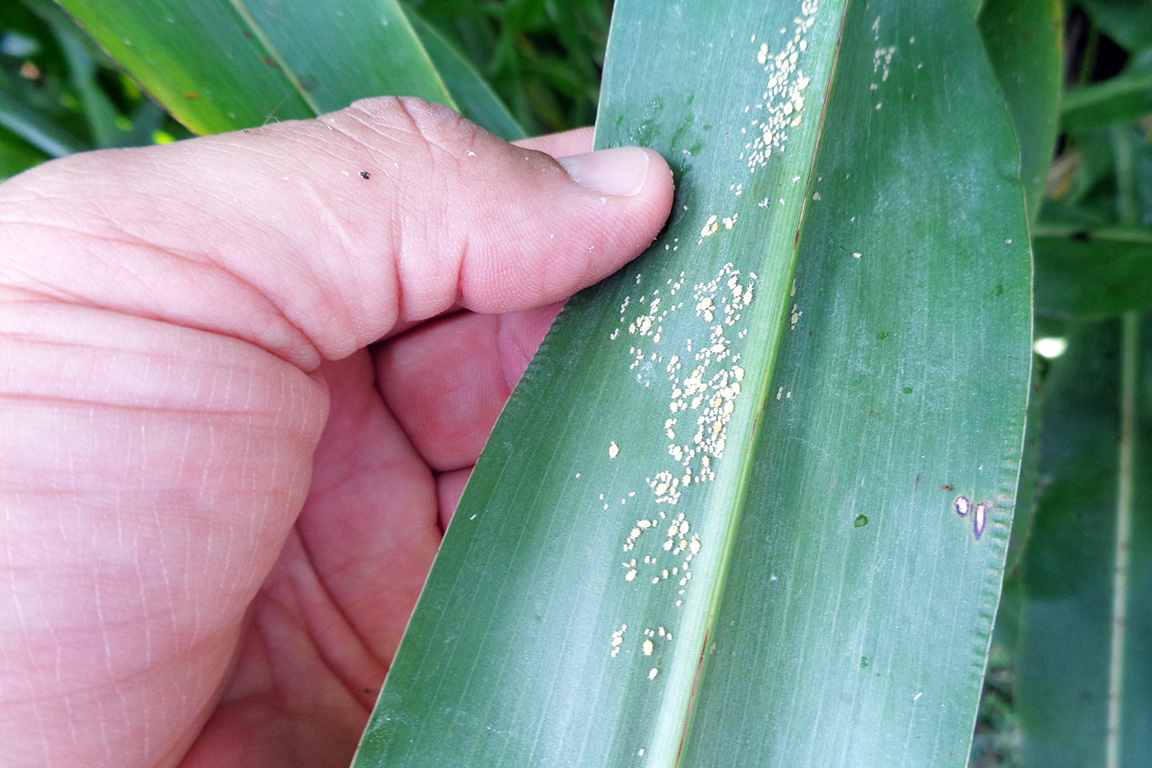
The sugarcane aphid (Melanaphis sacchari), a relatively new pest of grain sorghum, forage sorghums, sudangrass, sorghum-sudangrass hybrids and Johnson grass, first detected in Indiana in 2016, is making its presence known primarily in southcentral and southwestern counties.
© 2026 Purdue University | An equal access/equal opportunity university | Copyright Complaints | Maintained by Pest&Crop newsletter
If you have trouble accessing this page because of a disability, please contact Pest&Crop newsletter at luck@purdue.edu.